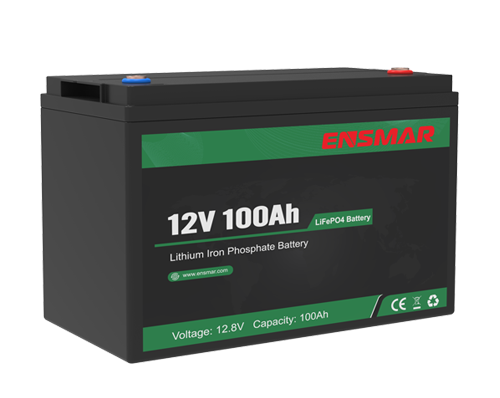
- HOME
网站首页
-
ABOUT
公司简介
- CASE
案例展示
-
PRODUCT
产品中心
 Inverter
Inverter ODM/OEM
ODM/OEM - FAIRS
展会信息
- CONTACT
联系我们

Telphone:
(+86) 755 23406286


Now, solar energy has begun to shine: in many countries, solar energy is the lowest cost energy choice, whether from the perspective of household or business. Even if the external cost is not included in the scope of fossil fuel and nuclear energy, solar energy is also more and more widely used in the field of public utilities. In most markets, the share of solar energy is still less than 5%. In the fields of heating, transportation and energy, decarbonization through electrification provides a lot of opportunities for the solar energy market. The development trend of photovoltaic is the coexistence of challenges and opportunities, and the hot topic of photovoltaic + energy storage in the industry is also the general trend.
Solar energy accounts for 5% of today's electricity demand in the European Union, which will increase to 15% by 2030, with an annual installed capacity of 20GW. Another related trend is battery energy storage. In 2017, the first non-government subsidized solar power plant was opened in the UK. In 2016-2017, nearly half of all household solar energy projects appeared at the same time as battery energy storage. Energy storage is an important and flexible tool. It can quickly and accurately store electricity, smooth short-term fluctuations, eliminate the maximum load of electricity, and make solar energy available at any time. In addition, PV + energy storage also has economic advantages. Solar energy is stored when the price is high, and solar energy is used when the price is low, which helps to stabilize the electricity price and reduce the cost of upgrading and expanding the transmission network in the future. In addition, it can increase local employment and reduce carbon dioxide emissions.
Energy storage optimizes solar energy supply

Source: solarpower Europe
The solar energy supply curve (yellow) is a variable, which is only partially consistent with the traditional power demand curve (blue). The combination of photovoltaic and energy storage can store excess electricity (white area). When the user demand is too high (blue area), the stored solar energy can be transported back to the grid to maximize the technical potential of energy storage.
Energy storage makes solar energy output more stable

Source: solarpower Europe
More stable means that the output of the solar system will not increase or decrease rapidly. The advantage of solar battery system cooperation is that the short-term supply and demand variables can be stabilized. Energy storage can even make the output of the solar system fully distributable, that is, available on the demand side.
Energy storage provides ancillary services

Source: solarpower Europe
Auxiliary services make the energy system and variables coexist for up to an hour. In order to provide such service, the generator needs to respond quickly to the signal and correct the frequency in the fluctuation. The flexibility of photovoltaic + energy storage system can provide faster and more accurate services for transmission system operators (TSO) and distribution system operators (DSO).
Energy storage reduces network costs

Source: solarpower Europe
Traditional transmission network can only deal with peak demand. However, more and more new generation transmission networks need to face both the supply side and the demand side. Photovoltaic + energy storage system can greatly reduce the peak value of the supply side. In Germany, a household energy storage system project can reduce the maximum output value of the solar system to 40%, thus reducing the on grid price at peak power generation. Optimizing supply and energy storage measures can improve the existing transmission network capacity, integrate more renewable power and avoid network upgrading. PV + energy storage should have the right to connect the transmission network, and the fair measurement cost should be specified in the user contract.
PV + energy storage provides more stable energy price

Source: solarpower Europe
Photovoltaic + energy storage system can obtain income through electricity price arbitrage. In case of overproduction, energy storage system can absorb electricity from transmission network at a lower price. When the electricity price is too high, the electricity will be transmitted back to the power grid to reduce the overall price fluctuation, and the reliability and operation capacity of the system can be improved at the same time, which is feasible on the system and household level. Different types of tou tax are also applicable, such as fixed tariff, which depends on the number of hours consumed during the day, and variable tariff, which depends on the market application of the day. Therefore, there must be a greater fluctuation in electricity prices. More importantly, the tax on transmission network charges should only be levied once per kilowatt hour of electricity entering the transmission network.


